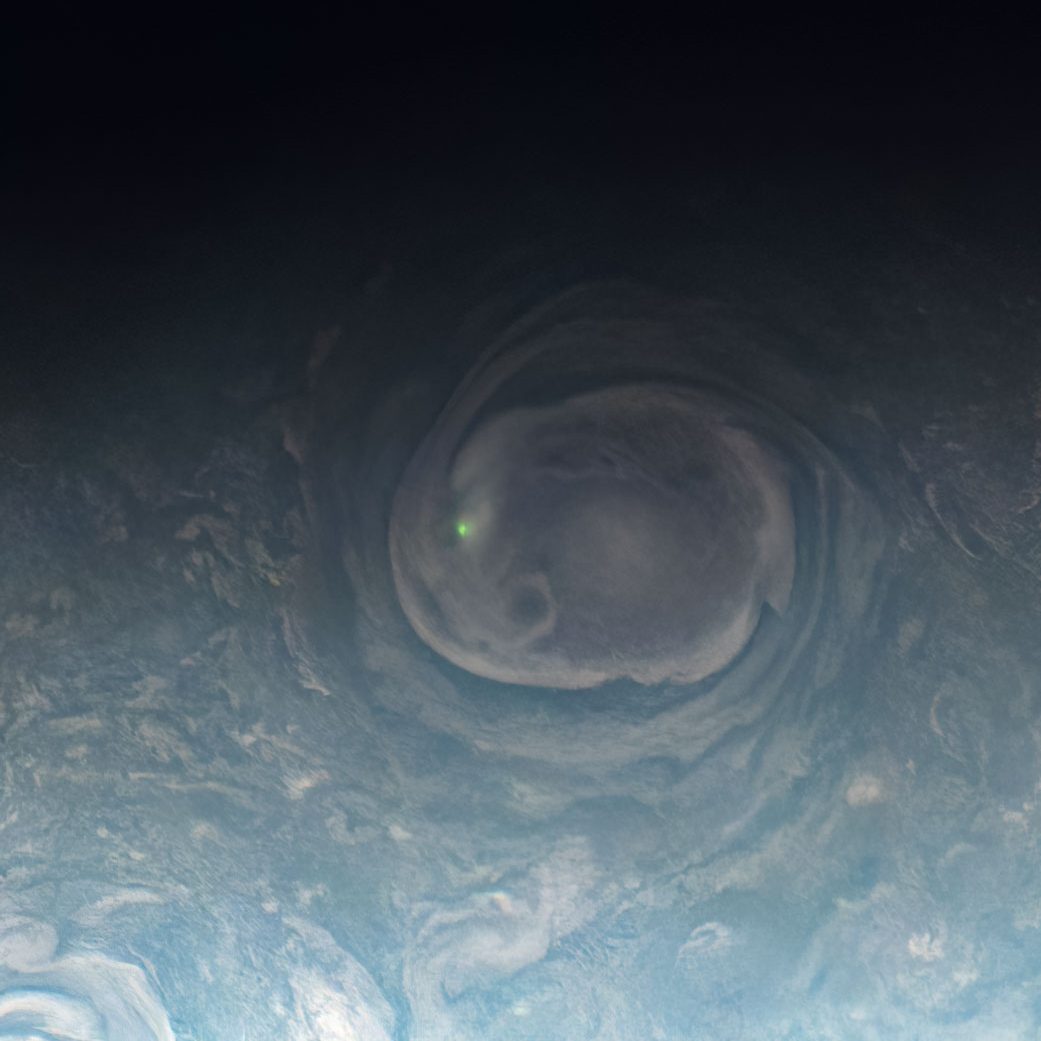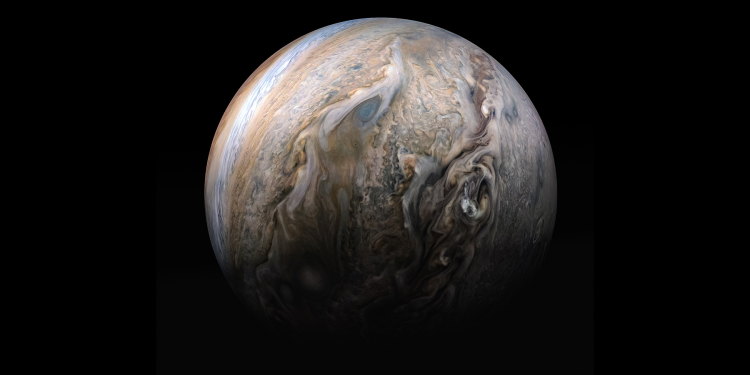When you think of a planet, the image of solid ground likely comes to mind—terrain where you could walk, stand, or land a spacecraft. However, Jupiter, the behemoth of our solar system, defies these expectations. It’s a colossal sphere of gas, lacking any solid surface, yet it holds mysteries that continue to fascinate scientists.
Imagine standing on Earth, where beneath our feet lies a mix of soil, rock, and water. Now, picture a world where this concept simply doesn’t apply. Jupiter is that world—a planet so massive it could envelop more than 1,000 Earths, yet without a single patch of solid ground. Its “surface,” as we perceive it, is nothing more than the upper layers of a dynamic, turbulent atmosphere composed mostly of hydrogen and helium.
Even with the advanced studies conducted by NASA’s Juno spacecraft, which has been orbiting Jupiter since 2016, many aspects of this gas giant remain elusive. How does a planet without a solid foundation stay intact? And what lies beneath its chaotic clouds?
Jupiter in Perspective: A Planetary Giant

Jupiter is the fifth planet from the Sun, situated between Mars and Saturn. It dwarfs all other planets in the solar system, both in size and mass. While the inner planets—Mercury, Venus, Earth, and Mars—are rocky and solid, Jupiter belongs to the category of gas giants. Its composition mirrors that of a star, dominated by hydrogen and helium, with violent storms and winds reaching speeds of over 400 mph (640 km/h). These winds are three times stronger than the fiercest hurricanes on Earth.
Delving Deeper: Layers of Gas and Pressure
On Earth, descending through the atmosphere leads you to land or water. Jupiter, however, tells a different story. The deeper you travel into its atmosphere, the higher the pressure becomes. At just 1,000 miles (1,600 km) below the clouds, the immense weight of the overlying gas compresses hydrogen into a liquid state, forming the solar system’s largest ocean—an ocean without water.
Continue your descent, and at 20,000 miles (32,000 km) down, the conditions transform hydrogen into a liquid metallic state. This exotic material, so dense and electrically conductive, challenges our understanding of matter. Unlike the abrupt transitions we might expect, these changes are gradual, making Jupiter’s internal structure a seamless continuum.

Image processing by Gerald Eichstädt/Thomas Thomopoulos © CC BY.
What Lies at the Core?
At the heart of Jupiter lies its core, a region shrouded in mystery. Scientists theorize that it may consist of a dense mix of liquid and solid materials, possibly metallic, under pressures 100 million times greater than Earth’s atmosphere. Temperatures here soar to an unimaginable 35,000°F (20,000°C), hotter than the surface of the Sun. For any spacecraft attempting to venture into these depths, the crushing pressure and searing heat would spell doom long before reaching the core.
Despite its inhospitable environment, Jupiter plays a crucial role in Earth’s survival. With its immense gravitational pull, the planet acts as a cosmic shield, diverting asteroids and comets that might otherwise collide with the inner planets. Over billions of years, this protective influence may have prevented catastrophic impacts on Earth, potentially allowing life to flourish.
While Jupiter itself is far from life-friendly, one of its moons, Europa, holds promise. Beneath Europa’s icy crust lies an expansive ocean, raising the tantalizing possibility of extraterrestrial life. NASA’s upcoming Europa Clipper mission, set to launch in October 2024, aims to explore this moon in unprecedented detail. Scheduled to arrive in 2030, the probe will conduct 50 flybys, gathering data that could answer one of humanity’s most profound questions: Are we alone in the universe?











